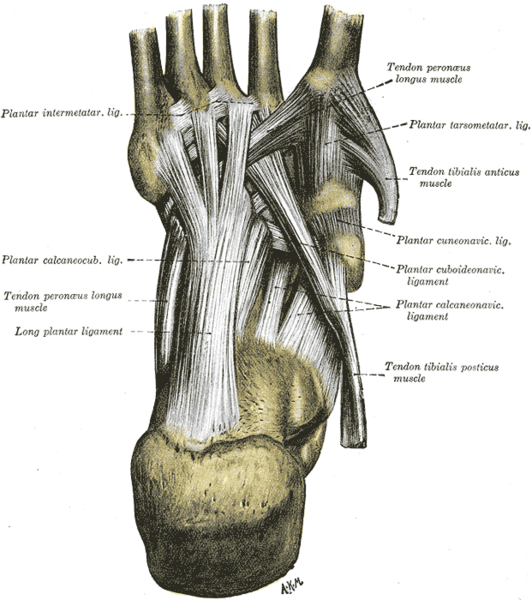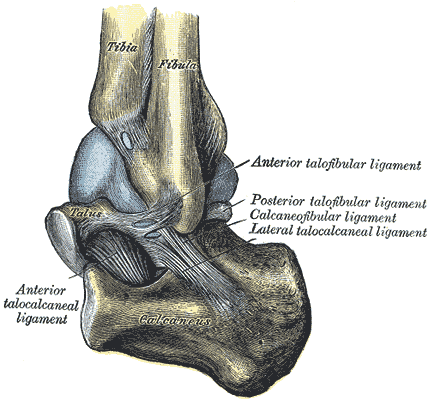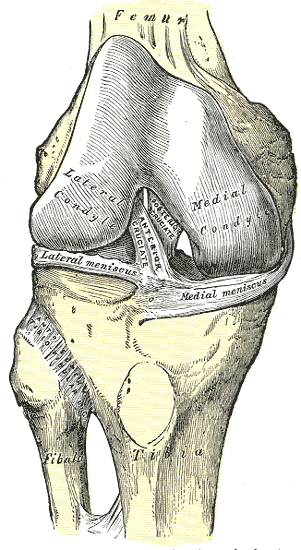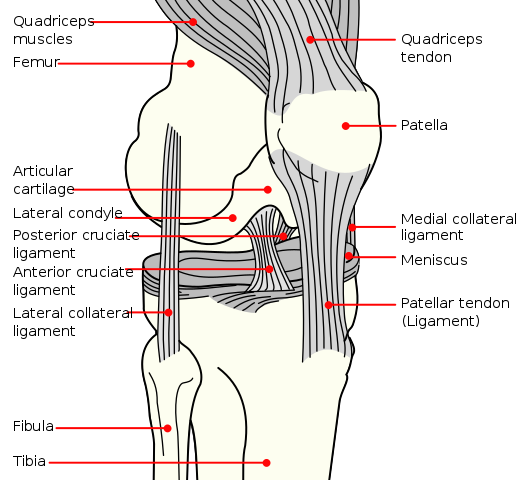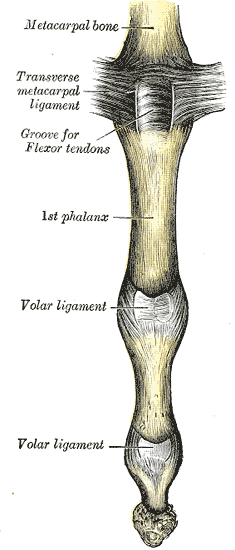We just learned about the Maxillary Lateral Incisor.
Another tooth is the Maxillary Canine, also sometimes called the cuspid.
These are the teeth right next to the front four incisors.
Remember starting from the middle, there are two of each type of teeth:
Central Incisors
Maxillary Lateral Incisors
The Maxillary Canines are a little different than the incisors, because they have a "cusp" on them, meaning they have pointed ends, almost like a dog's tooth.
That's really why they are called "canine" teeth, because canine is another word for a dog, and it you look in a dog's mouth you will see some very sharp pointy teeth!
It's also why sometimes they are called the "cuspid" teeth, because they have a cusp on them.
The canines are like a tooth that can work as an incisor to cut and tear food, but also like the bigger teeth that help you grind up and chew your food once it's in your mouth.
The canine is the longest tooth in the mouth.


(from: wikipedia - maxillary canine)
Kid Facts - Blast from the past: Hair - Sebaceous Gland








